MONITORING
The goal of monitoring is to identify incidents, even when they have not yet caused a noticeable service interruption or service degradation.
Regular verification of system functionality is conducted using automated alerting features within software as well as the Office Solutions IT management agent, which is installed on each client server, desktop and laptop.
Automated checking for issues with backups, antivirus, disk capacity and health, memory and processor utilisation and other services. Monitoring is continually enhanced to include additional IT services.





